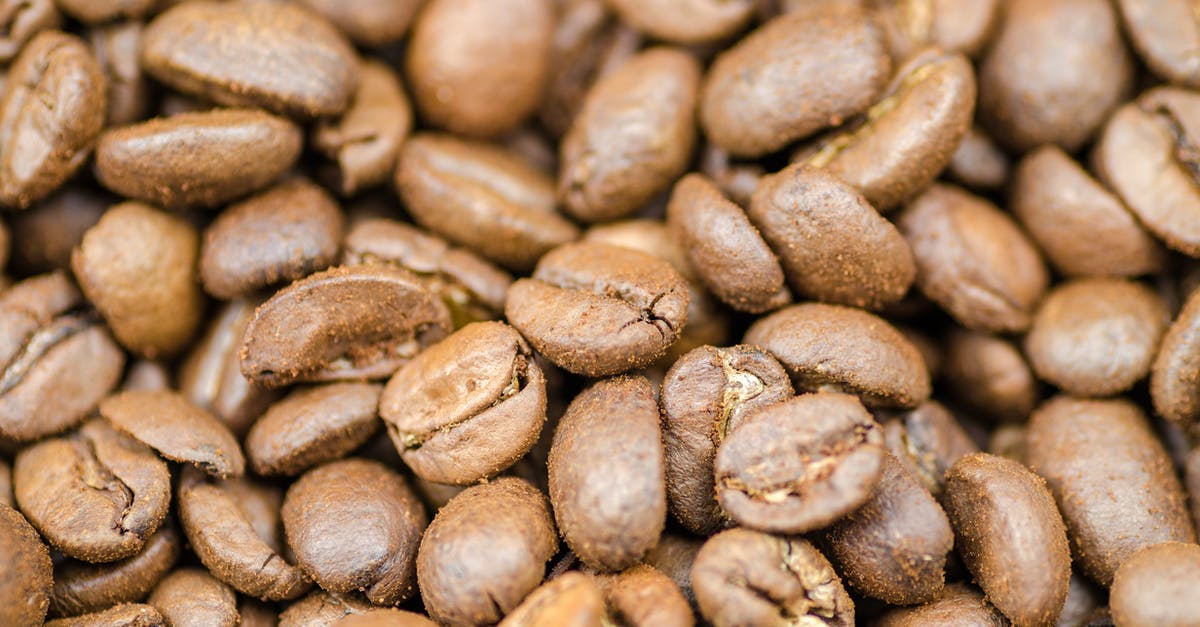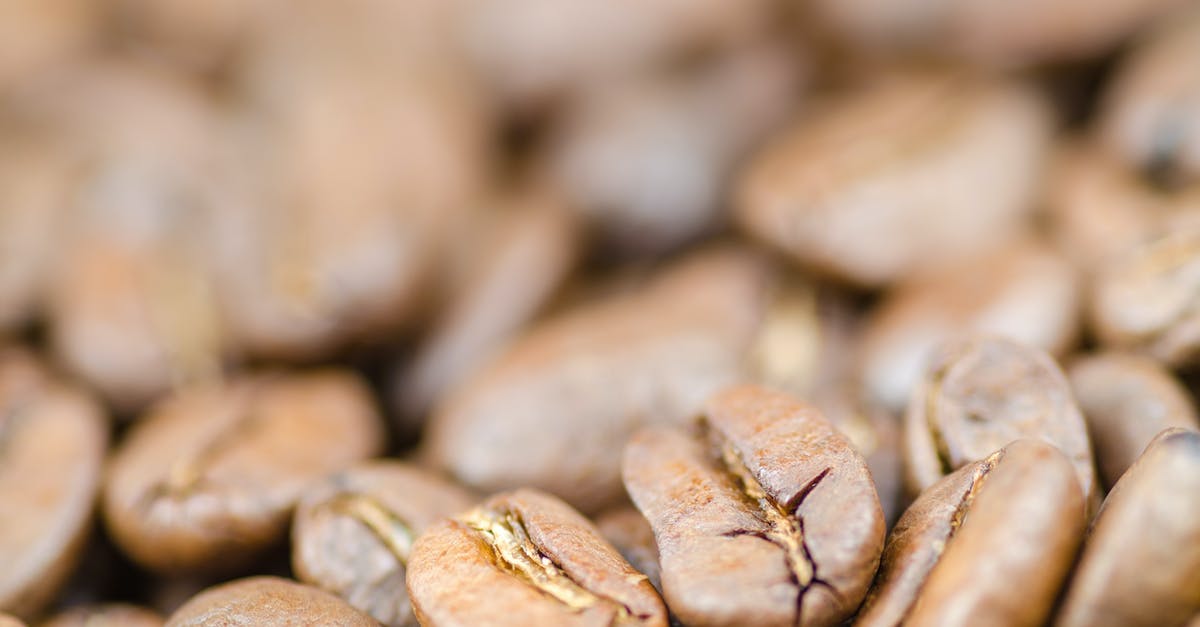Beans soaking times, flavor vs flatulence

It is known that beans contain certain oligosaccharides that cause bloating and intestinal discomfort in some people, myself included. Some of these oligosaccharides are water soluble and will be leached out by soaking and discarding the soaking water before cooking.
I feel, however, that some of the flavor and color of the beans is also lost when soaking for a long time (eg overnight). Is there some table showing oligosaccharide leaching rates, so that I could try to figure out a sweet spot between flavor and proper soaking?
Note that I'm not wondering whether I should soak. I'm interested in oligosaccharide leaching rates.
Best Answer
For the actual numbers you asked for, I found rather a large variety, even from a small number of papers. All I really feel like I can say is that something like 12 hours probably gets you a substantial reduction (25-50%), and it depends on the bean.
Based on this paper which soaked for 3 and 12 hours, it looks like for many beans, including lentils and chickpeas, 3 hours did about as much as 12 hours, but for soybeans, it took the 12 hour soak to remove most (56%) of the oligosaccharides. (See figure 3, on page 430, and some actual numbers under "total oligosaccharide content" on the same page. The point of that study was to look at other industrial techniques, so it looks like the complete tables are only for those.)
But then this paper reports 25-42% reduction in various oligosaccharides from soaking the common bean for 16 hours, this paper reports 20-35% reduction in soybeans and groundbeans from soaking for 12-14 hours (or 17-24% for cowpeas), and from 1% for red beans to 28% for common white beans in this paper (don't have access beyond the abstract to get soaking times). A clear outlier, this paper reports insignificant reduction from soaking below 50C.
Note that the actual numbers were never far above 50%, which suggests that if soaking sufficiently long does indeed work for you, you're probably okay with a decent amount remaining after soaking. Presumably that's because the cooking will get rid of more, and some low level is tolerable.
On that note, I'm not sure this is a tradeoff you actually have to make. Many people actually think soaking specifically in salt water results in better beans with a softer, creamier texture (see for example this answer). If that works for you, there's no reason not to soak thoroughly, perhaps 8-24 hours.
If you disagree, and are okay with the texture when unsoaked, then good news: long, slow cooking also reduces flatulence, so soak as little as you like, then cook long and slow, and you should be okay. Note that "slow" really just means a simmer, as opposed to a vigorous boil that'll tend to tear the beans up a bit. As mentioned in the comments, some beans (including kidney beans, notably) do need an initial boil, but you don't need a full boil for the whole cooking time.
If somehow you're in the middle - you want some soaking for texture, but don't like the flavor after long soaks, and you don't want long, slow cooking - then yeah, I guess you would have that tradeoff. Based on the above numbers, you'd probably need 12 hours to get a solid reduction in larger beans.
Of course, basing things on those numbers is a little fuzzy anyway. What reduction do you actually need to be okay? And when it's borderline, what's your personal tradeoff between flavor and gas? And it depends on the type of beans too. So, it's your personal preferences that'll set the balance, and you'll have to take a stab at it to find out.
If you were really interested a more substantial table and want a qualitative idea how to fill in the gaps...
As a very rough approximation, you can assume that the rate of diffusion out of the beans will be roughly proportional to the concentration remaining in the beans. This is probably a really bad approximation for short times, because things in dry, contracted beans will not diffuse as easily as in wet, expanded beans - in reality, the first hour or maybe two might not be removing much, then this approximation would be better afterwards. There may also be some amount that's bound up in the beans and can't really be extracted like this, so when we say 50% has diffused out, we mean 50% of what was available.
So then you'd have (where x is concentration, t is time, k is a constant), x'(t) = -k * x(t), for which the solution is x(t) = x_0 * e^(-k*t).
(It's actually proportional to the difference in concentrations between beans and water, but since that concentration is just the removed concentration scaled by the ratio of volumes, all that ends up doing is adding a constant; you still get the same e^-kt behavior, trending toward equilibrium. And you always soak in plenty of water, so to first order, you can just ignore that.)
That is, each additional unit of time gives the same proportional reduction in concentration: if hypothetically two hours gets you down to 0.8 of the initial concentration, then four hours will get you down to 0.8 * 0.8 = 0.64 of the initial concentration, and so on. At that rate, it'd take 10 hours to get to 0.1 of the initial concentration. But the actual rate, the value of that constant, depends on the bean, and as you can see from the numbers, it probably varies wildly.
This rough relation would also apply to anything diffusing out - undesirable or not. So in the end it might not do much for you, beyond suggesting that if for example things are awful with a 2 hour soak and nearly okay with a 4 hour soak, then you should definitely be okay with another couple hours.
Pictures about "Beans soaking times, flavor vs flatulence"



Does soaking beans reduce flavor?
Almost every recipe in every cookbook you've ever read says you must soak dried beans before you cook them. In almost every case that advice is wrong. Letting dried beans sit overnight in a bowl of cold water does nothing to improve their flavor or their texture. In fact, it does quite the opposite.Does soaking beans make them less gassy?
While not every recipe calls for soaking beans before cooking them, if beans give you gas, soaking can help. Soaking overnight and then discarding the soaking water leaches out sugars in beans that are responsible for gas production.How many hours should you soak beans before they are cooked to reduce flatulence?
Studies have shown that soaking dried beans for 8-12 hours before cooking can help to reduce the quantity of raffinose sugars. The key is to discard the water after soaking, and use fresh water for cooking. Less raffinose in your soup or chili will help to make the legumes easier to digest.How do you make beans less flatulent?
Six tips for reducing gas from beansNever soak your beans again! 4 surprising reasons
Sources: Stack Exchange - This article follows the attribution requirements of Stack Exchange and is licensed under CC BY-SA 3.0.
